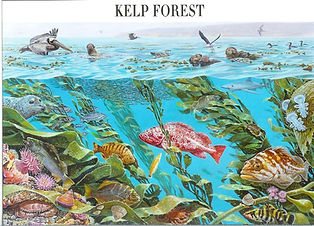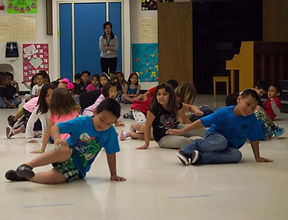The Art of Dance as a Pathway to 21st Century Skills and Arts Integration of the Common Core!
CURRICULUM DEVELOPMENT
Artpath brings the power of the dance experience to students and it supports them to...
-
Understand the power and impact of personal and group expression.
-
Integrate their common core curriculum by engaging physcially, mentally, and emotionally.
-
Increase their confidence to express themselves publicly and be part of a larger community.
-
Experience an art form that engages the body as an artistic tool for expression.
-
Develop the skills to solve problems thru creativity and collaboration.
-
Learn to value and respect their unique perspective and their fellow students.
Bringing the Common Core To Life and Much More!



Curriculum Development
Artpath Model for Integrated Arts Experience
Overview: Curriculum in Artpath’s program is based primarily on content specific to the arts, integrated and correlated with other subject areas. The scope and sequence of arts content and skills is aligned with the Visual and Performing Arts Framework of the State of California. Curriculum is developed for residencies with regard to the particular characteristics of students, schools, teachers, and the artist’s special interests and skills.
A set of practices that we’ve found especially effective include the artist’s development of ideas and the gathering of goals and objectives from the teachers. Lessons are written by the artist with help from the teachers.
The Model: the residency programs are based on a collaboration between artists and teachers. Curriculum is individualized to meet the specific needs of each classroom, built upon a common based of knowledge of the art, the artist, the students, the school, and the existing curriculum.
The artist develops a “skills and concepts” list that refers to important ideas, attitudes, skills, works of art, and student outcomes that the artist feels are important. This list is specific to the artist’s interests and experiences. Teachers also develop a list on a one-page form, which contains those things that they feel are important for their students and themselves. This list contains the objectives that become the underpinnings of the curriculum, a structure for the arts activities and basis for evaluating the success of the residency.
With these lists in hand, artist and teachers have a planning meeting. Together they review their lists and find ways to combine both sets of objectives when developing activities. Artist and teach planning takes thirty to sixty minutes. At the close of the planning session, artist and teachers have developed an overview of the residency content and a general sequence of activities.
Artists then review the activities, try them out in their imagination, consider in light of their experience. Next steps include the choice of instructional materials, preparing material and supply lists, vocabulary, actual scheduling of activities, setting up studio/performance space and writing lesson plans.
Evaluations: Programs are evaluated by all participants. Implementation of lessons are evaluated as the residency progresses and at the close of the residency. Informal adjustments are made based on ongoing discussion between artist and teachers. Additionally, a more formal evaluations takes place at the end of the residency. Questionnaires are filled out by the teachers so that artist and principal can evaluate the success of the residency.
